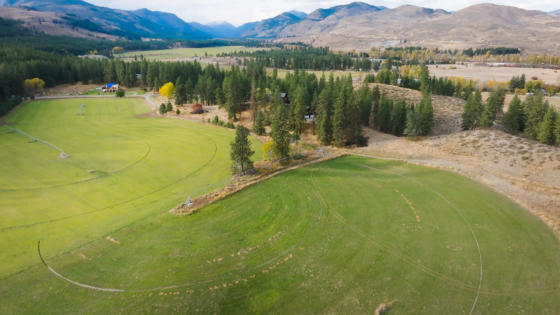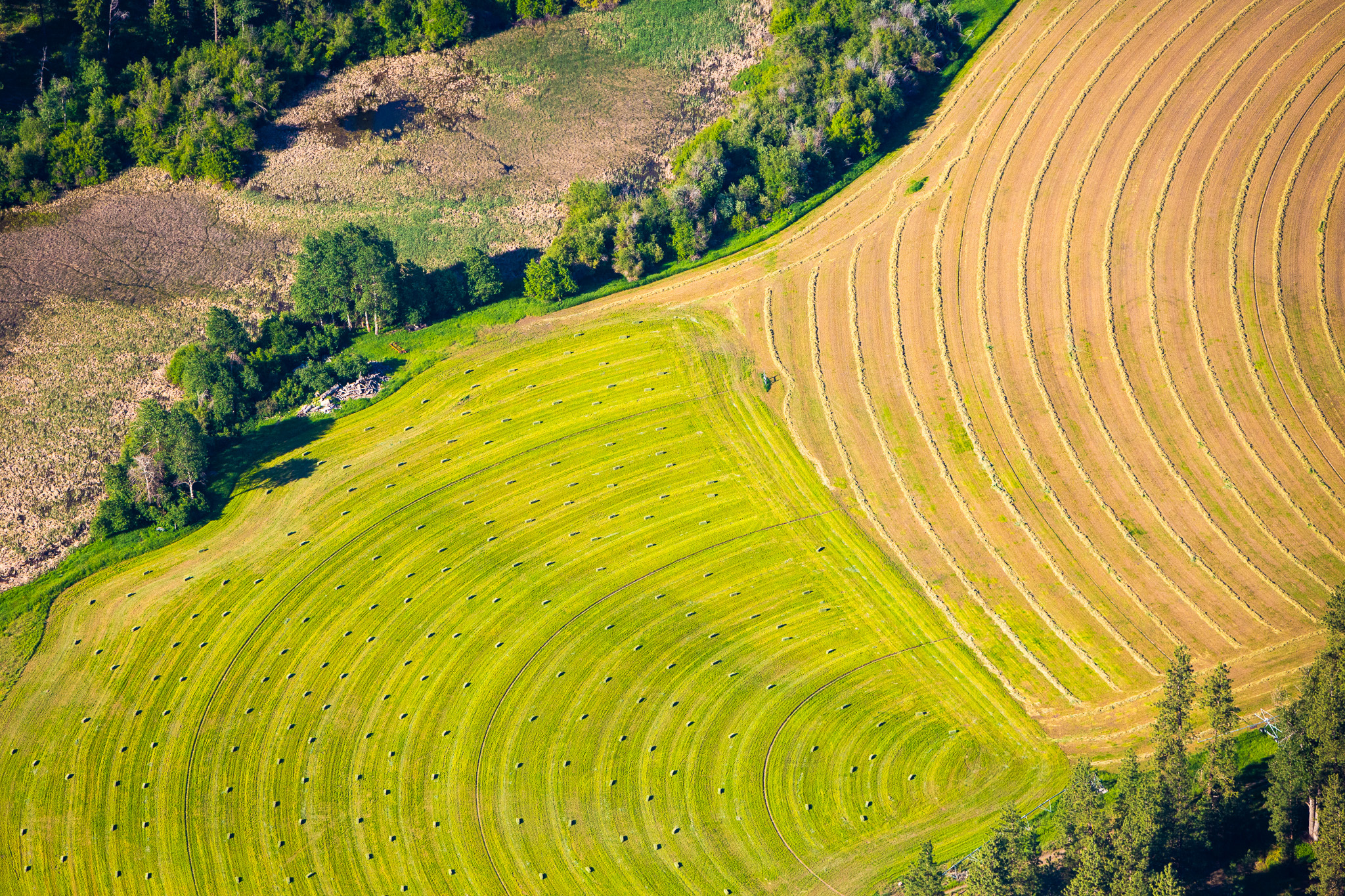FAQs
Why did you hold onto the farmland? Why not just put a conservation easement on it and sell it to a farmer?
Even with the reduced price that a conservation easement would create for a large piece of irrigated farmland, the land would not be affordable to a farmer in the the current Methow Valley real estate market. As a non-profit organization and an accredited land trust, we are not allowed to sell land at below appraised value since that would be conferring impermissible private benefit to the purchaser. We have found that our best tool for supporting agriculture in the Methow Valley is to purchase land and lease it to a farmer at a favorable rate.
Will Wes Hover keep farming the agricultural fields?
We’re very happy that Wes wants to continue farming these fields for the foreseeable future. With land so expensive in the Methow Valley, leased farmland is one way to ensure that farming can remain viable.
What happens when Wes doesn’t want to farm the fields?
We’ll hold an open request for proposals and secure a lease with a different farmer. Farmland is expensive in the Methow Valley. Leased farmland is a way for farming to remain a thriving part of the Methow Valley economy and rural landscape.
Will those fields always be alfalfa?
We don’t know, but the core farm fields will always remain agricultural. When/if the current farmer no longer wants to farm the land, we will hold an open process requesting proposals for leasing the farmland. Down the road a different farmer, or group of farmers, may want to grow something different, or a series of different crops. By protecting this land for agricultural use, we preserve possibilities for the future.
Will grazing that has sometimes happened in the past continue on the property?
In 2024 the Power's Plunge and Barnsley-Bitterbrush areas will be rested. Grazing on and adjacent to the Sunny M is dynamic, and our property management will adapt accordingly. When we make changes, we will do so thoughtfully and we will communicate our management goals and any upcoming changes with interested parties.
What role will the Methow Conservancy have in monitoring and/or regulating the farming practices of the farmer leasing the agricultural fields?
We have generally found it quite difficult to regulate and enforce specific farming practices, but certainly hope that as we build a relationship with the farmer on Sunny M we'll be able to have open and productive conversations about conservation practices.
On some of the dryland parcels, we are conducting restoration and weed mitigation efforts.
Contact us:
sunnym@methowconservancy.org

